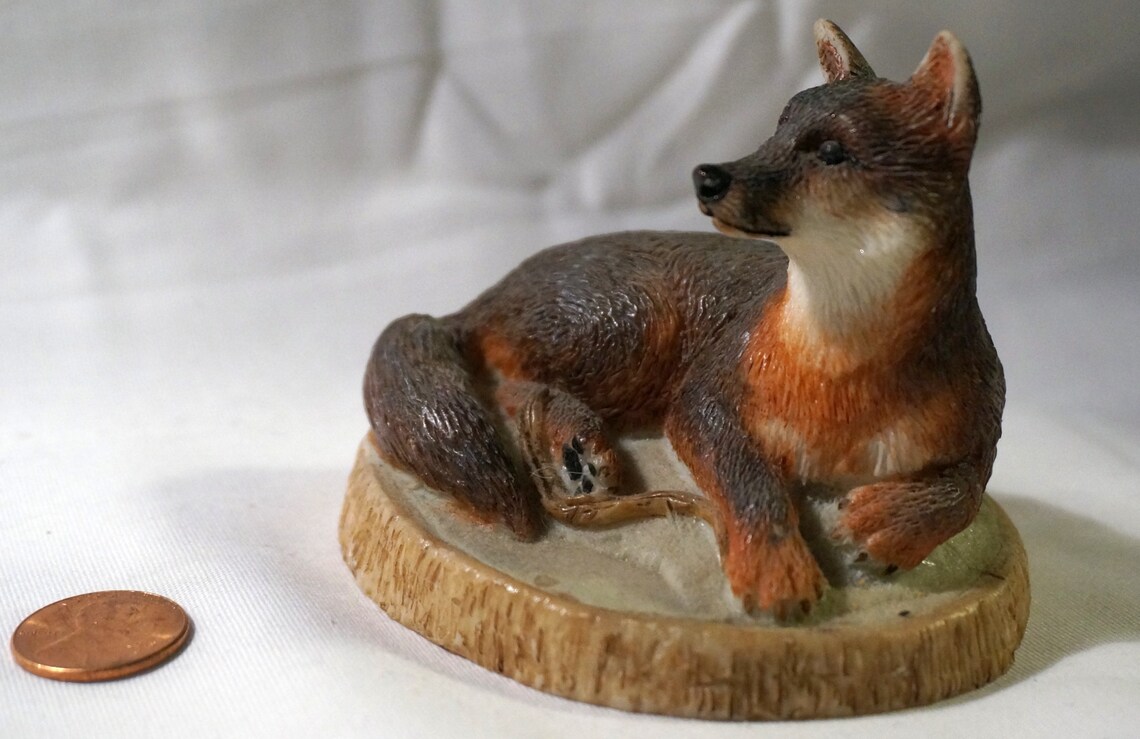
Recognition that this belief and behavioural association were based on quartz's physical properties aids our ability to identify the antiquity of the vision quest in the far west, suggesting that Mojave Desert shamanism is the oldest continuously practiced religious tradition so far identified in the world.Ĭlustering provides a viable approach to building scalable Web systems with increased computing power and abundant storage space for data and contents. A combination of ethnohistory and physical sciences explains why quartz, shamans and vision questing were so strongly associated: triboluminescence causes quartz to glow when struck or abraded, which was believed a visible manifestation of supernatural power. SEM and electron microprobe foreign materials analyses of Mojave rock engravings show that the association between quartz and rock art was common: almost 65 per cent contained remnants of quartz hammerstones, used to peck the motifs. This association is archaeologi-cally evident at Sally's Rocksheiter, a small rock engraving-vision quest site in the Mojave Desert, where quartz rocks were placed as offerings in cracks around the rock art panel. Why this ritual association occurred worldwide has remained unexplained scientifically, at least in part because western scientific thinking assumes that religious beliefs and practices are epiphenomenal and not worthy of study. Quartz, the most common mineral on earth, is almost universally associated with shamans. We designate this interaction sphere the Middle Holocene Western Nexus and argue that such contacts are too early to have involved Northern Uto-Aztecan linguistic groups. Here, we propose that lozenge-shaped stone artifacts further define these exchange contacts. 2005) regard-ing obsidian sourcing and the distribution of large bifaces and stone spheres, believed to be ritual items, helped to connect the two areas. Based on ethno-graphic linguistic distributions, they suggested that the two areas were occupied by Northern Uto-Aztecan groups during Middle Ho-locene times. 5,100 to 4,500 CYBP) of Olivella Grooved Rectangle (OGR) beads inspired Howard and Raab (1993) to propose the existence of a Middle Holocene interaction sphere connecting coastal southern California and the northwestern Great Basin, a distance of more than 1,200 kilometers. We agree with Howard and Raab (1993) that an interaction sphere, which we herein designate the Middle Holocene Western Nexus, connected coastal southern California and the north-western Great Basin during the Middle Holocene, Abstract The distribution and dating (ca. Additional lines of evidence supporting a southern California/northwestern Great Basin interaction sphere have recently been identified, including stone spheres found in both coastal southern California and Oregon and large bifacial blades of exotic materials, including one obsidian specimen from Orange County sourced to the northwestern Great Basin (Macko et al. 2007) proposed that the OGR type might reflect the move-ment of the Takic Gabrielino (Tongva) ca. It was also suggested (Howard and Raab 1993 Vellanoweth 1995, 2001 Raab and Howard 2002) that OGR beads are Uto-Aztecan marker artifacts in western North America, and Raab et al. This item can be shipped to United States.Raab and Howard 2002) suggested the existence of a socioeconomic interaction sphere encompassing southern California (excluding the Chumash region) and the western and northern Great Basin (Figure 1). The seller is “marieleff” and is located in Georgetown, Texas. This item is in the category “Collectibles\Cultures & Ethnicities\Native American\ US\Pre-1600\Artifacts”. The item “Certified Rare Chumash Native American Charmstone #2 California Bennett COA” is in sale since Saturday, October 19, 2019. This artifact has been in private collections.



Britten Marin was the son of John Marin (original founder of Sports Illustrated Magazine). They are attributed to ceremonial context/purposes. T hey appear to have been used primarily for bringing rain and for successful fishing. Southern California Chumash Charmstones are rare. Location Found: Central/Southern California attributed to Chumash Culture.
#CHARMSTONE FIGURINE CODE#
Statute covering cultural patrimony Code 2600, Chapter 14. Certified Rare Chumash Native American Charmstone #2 California Bennett COA Certified Rare Chumash Charmstone #2.


 0 kommentar(er)
0 kommentar(er)
